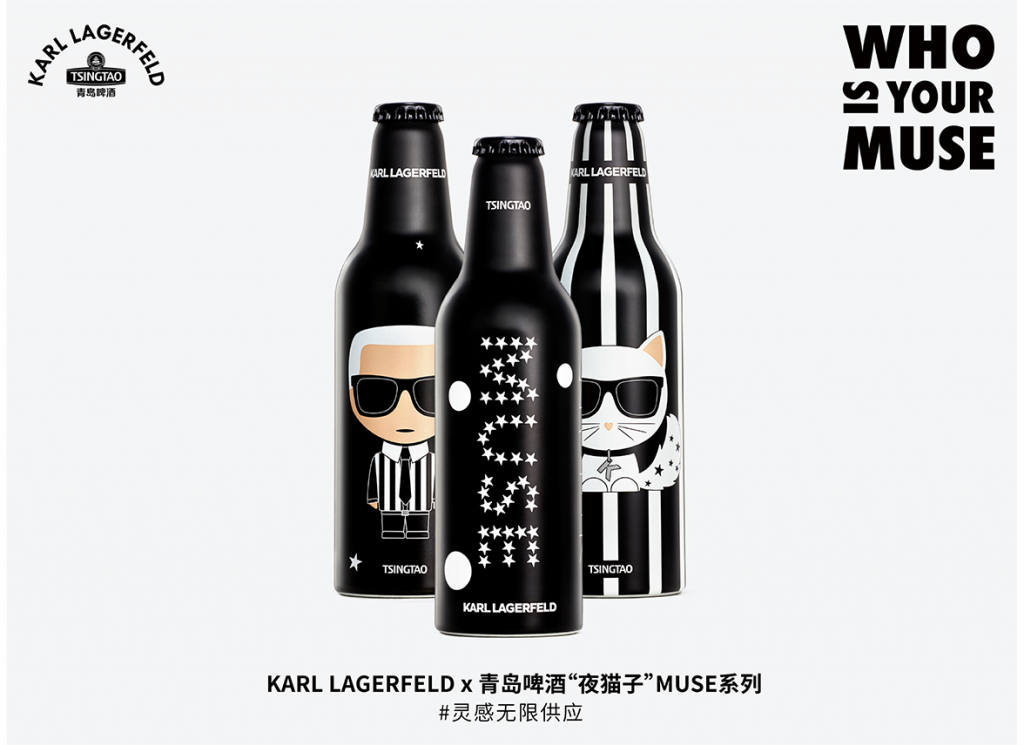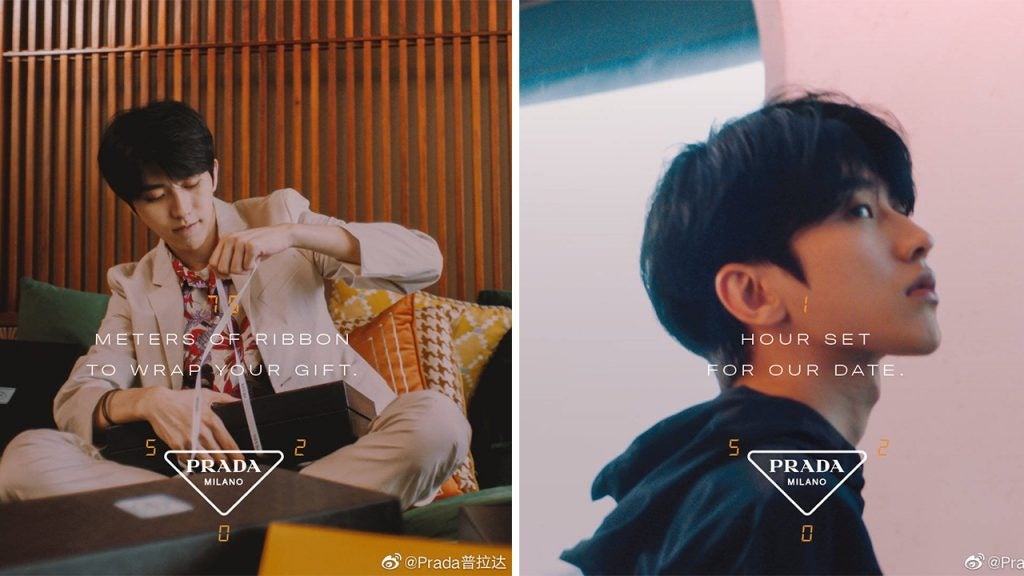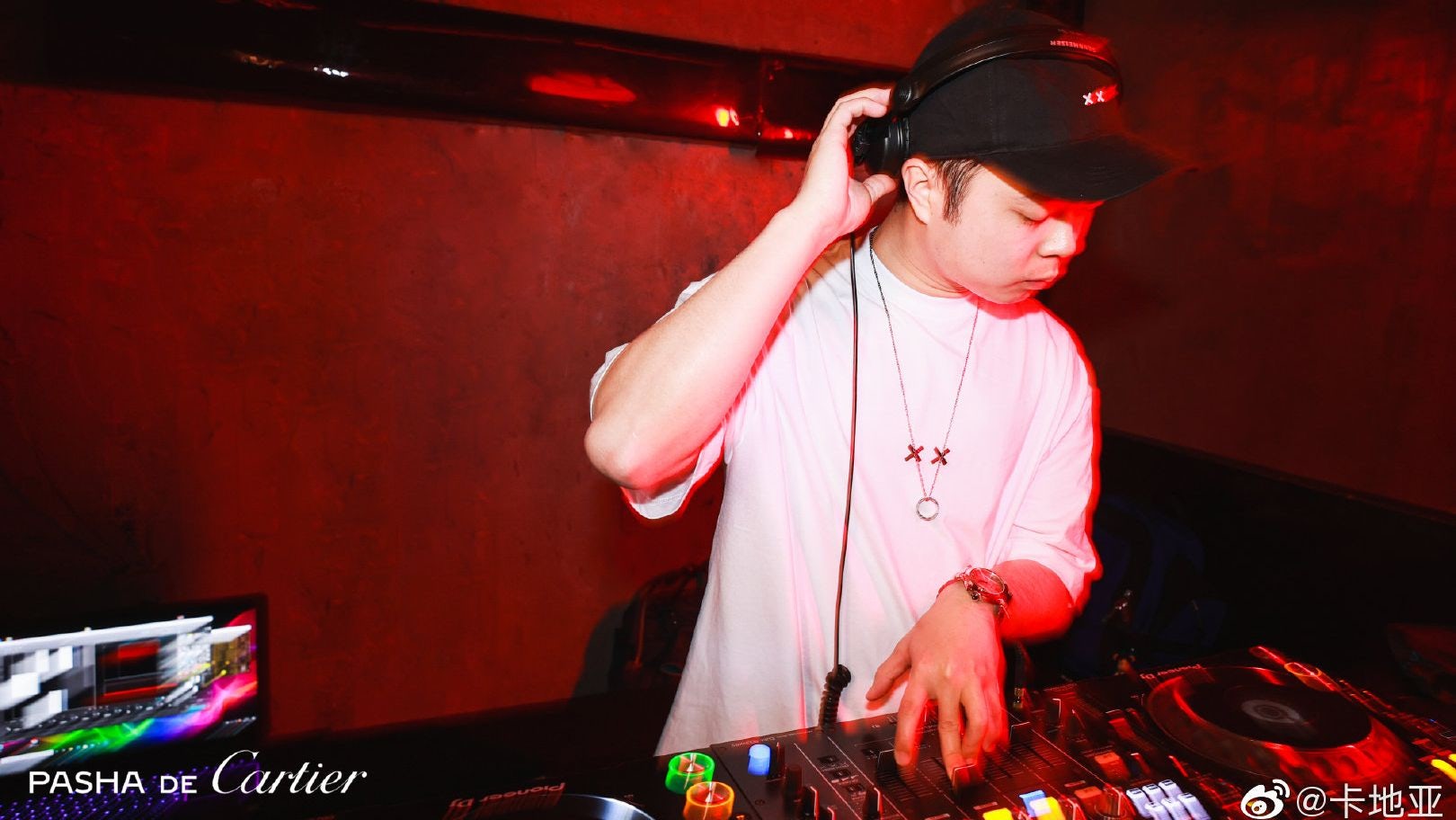Key Takeaways:#
China’s young consumers are keen on expressing their individuality through one-of-a-kind luxury goods.
Luxury is no longer just about the product; consumers now value unique, creative experiences.
Social commerce means that the possibilities for selling and marketing are endless.
A monumental shift is currently taking place in luxury because of China. Luxury, which is a culture’s most premium form of expression, has always been associated with opulence and classical styles in the West. But that is beginning to change. China’s rapid economic development has meant that, for many luxury consumers, high-end fashion has only been an option over the past few decades. As such, they don’t have legacy expectations or long-standing brand loyalties. So what do China’s luxury consumers want?
Individuality over opulence#
The higher proportion of younger luxury consumers in China, compared to Europe, has meant that global brands are facing a different target audience there. According to Bain, millennials and consumers under 25 will make up 65 to 70 percent of China’s luxury goods market by 2025. As a result, brands have had to adapt their marketing approaches in this new era of technology and social media. And on top of that, they must understand and leverage China’s unique digital channels: Weibo, WeChat, Douyin, Xiaohongshu, and others.
To young Chinese consumers, luxury is more about expressing their culture, selves, and statuses than displaying opulence. In a country of 1.4 billion people, young consumers are eager to stand out from their peers because China’s educational system and workplace are so competitive.
Co-branded collaborations have become a popular way to attract attention, and often, the wackier they are, the better. Partnerships that bridge different industries have also proven popular, like Karl Lagerfeld and Tsingtao Beer’s Night Cat MUSE series, with its highly-popular blind-box marketing tactic. Due to the demand for these exclusive promotions, items created specifically for certain Chinese festivals like Chinese New Year have flown off the shelves.

As such, luxury has evolved into an artistic way to reflect young subcultures. The brands that become successful in this arena tend to execute this practice authentically and uniquely.
Experiences over one-off purchases#
As luxury transforms into a form of expression, Chinese consumers want more than just the product per se — they also crave the experience. Cartier may have been launching the same Pasha de Cartier watches worldwide, but were London or Berlin-based consumers also attending promotional club nights like in Shanghai? No.
Chinese consumers want to take part in personalized campaigns and share their experiences online. Brands can easily leverage a lot of online engagement by creating campaigns, hashtags, or location tagging, as conducted in Burberry’s pioneering social retail store with Tencent. Once launched, they can rely on their audience to produce user-generated content, creating a spiral of awareness among follower circles.
The expansion of luxury marketing has grown global brands' audiences, and luxury consumers aren't the only ones engaging and interacting. Prada’s 520 campaign is a prime example of this involvement, as celebrity Cai Xukun attracted many of his fans to participate in the campaign by creating customized posters, even though many couldn't afford Prada products. The integration of offline and online has become a key part of China’s “new luxury” now that consumers want something to show for their branded experiences.

Pushing the boundaries of social commerce and digitalization#
Social commerce has become the new auction house where usernames compete for the latest products at the touch of a finger, and the sector now makes up 13 percent of total e-commerce sales in China. Brands are no longer limited and can sell to customers anytime, anywhere, and in any format.
Livestreaming, a phenomenon that hasn't taken off in the West yet, dominates China’s e-commerce sphere and is something luxury brands in China are gradually adopting. During the first digital Paris Fashion Week in July of 2020, Dior invited its famous brand ambassador Angelababy to watch the show over a livestream. With almost 300 million views on related hashtags, the stream became the third-most searched item on Weibo.
The opportunities are limitless if brands choose to embrace this new luxury. Indeed, Burberry’s former partnership with Honor of Kings and Louis Vuitton’s with League of Legends show how luxury is now a component in the virtual world and not just the physical world.
China is cultivating modern, experimental luxury#
China is leading the change in the luxury industry because brands don’t have to serve the “old” guard. In fact, they have been rewarded by China’s new generation of expressive and artistic luxury customers for being original, experimental, and creative, as long as they remain culturally sensitive. The country’s fast-paced, innovative culture has enabled brands to go all-out and reinvent what it means to be luxury in China.

